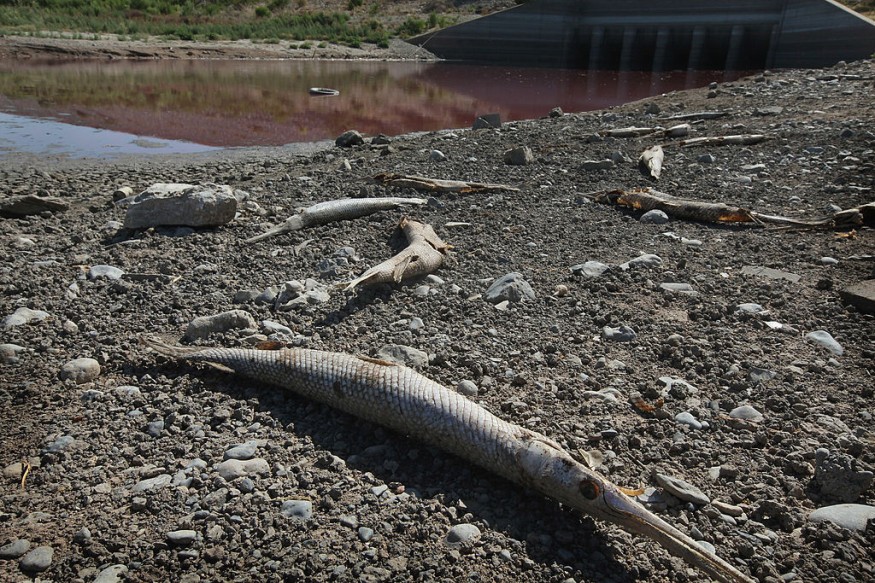The alligator gar (Atractosteus spatula) is one of the largest freshwater fish in North America and has been thriving since the late Jurassic Period dating back to 157 million years ago. However, the population of the alligator gar is at risk due to habitat loss and human hunting.
Despite the situation, ecologists have found a new discovery in protecting the alligator gar from extinction. They proposed using fish clipping to monitor the location and study the biological information of the Jurassic-era fish.
Found mostly in the waters of the Mississippi River, the alligator gar's population decline was reportedly attributed to their notorious reputation as apex predators-which has led to mass hunting in some parts of the United States over recent decades.
Aside from human hunting, the expansion of infrastructure projects, including dams, and residential areas has accounted for the loss of habitat once used by the alligator gar. The human-caused threats which drove some animals to become threatened species or endangered species are not new.
The imminent increase in the human settlement will evidently pose threats not only to the alligator gar but also to other animals whose habitat is near cities and developing areas. As a result, ecologists, environmentalists, and conservationists are in the rush to develop methods to protect animals.
Fish Clipping to Protect Alligator Gar

With the currently low population of alligator gar in North America, challenges have risen when it comes to monitoring the fish. Moreover, the conventional fin-clipping method has been proven to be effective in other fish but no attempts were made yet prior to the recent discovery, as per National Geographic.
A group of scientists, including Solomon David, a fish ecologist from the Nicholls State University in Louisiana, USA, proposed the method of using fin clipping to protect the alligator gar. Fish clipping is typically used to mark a fish by collecting a sample of its scale.
As a result, David's team measured its first alligator gar at the St. Catherine Creek National Wildlife Refuge in Mississippi, USA, back in 2021. In February, David's team-along with the U.S. Fish and Wildlife Service caught several alligator gars at the site.
The 'Living Fossil' Fish
Alligator gars are considered to be "living fossil" fish since they have been around since the late Jurassic Period. Due to their hard scale and long mouth, they are considered as one of the apex predators in their native North American waters, as per the Florida Museum of Natural History.
In modern times, the alligator gars are living mostly in the central and lower rivers of Mississippi. In other parts of the US, the ancient fish has been hunted down in the states of Louisiana and Texas-leading to their local extinction in the aforementioned states.
In 2018, the International Union for Conservation of Nature and Natural Resources (IUCN) has placed the alligator gar species under its least-concern species list-meaning its population is neither threatened nor endangered.
However, with the continuance of habitat loss and hunting the population of the Jurassic-era fish may soon be threatened.
© 2026 NatureWorldNews.com All rights reserved. Do not reproduce without permission.





